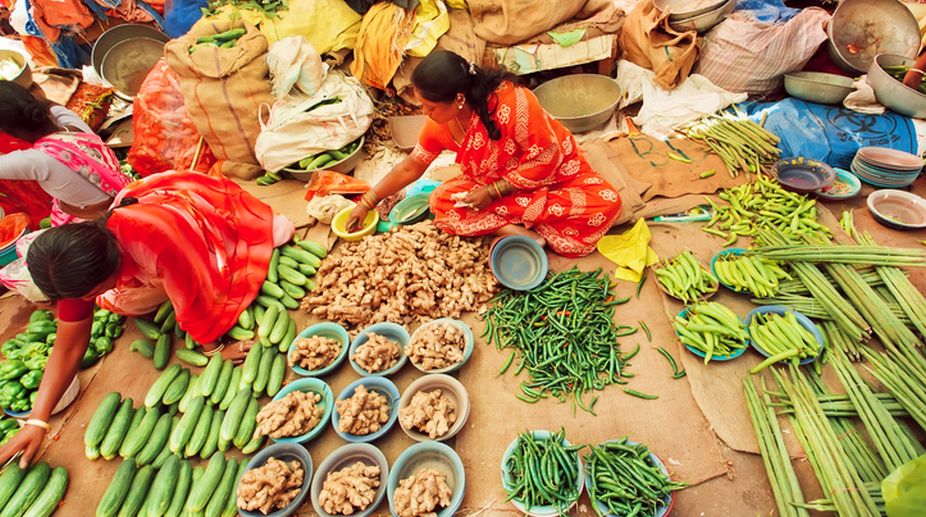Migration, as a growing phenomenon, is a critical determinant in shaping global economic, political and social policies. And while migration has been a source of economic and cultural benefits, the recent global trends are indicative of the travesties faced by populations, who migrate due to lack of food security and conflict.
A large share of migrants come from rural areas, where more than 75 per cent of the world’s poor and food insecure depend on agricultural and natural resources-based livelihoods. These are the reasons the FAO made the slogan of this year’s World Food Day “Change the Future of Migration. Invest in food security and rural development”.
Advertisement
Migration towards urban centres is a critical trend that will shape food security and nutrition in the near future. The annual per cent change in urban population is higher than the global average, indicating rapid pace of internal migration. It is estimated that by 2050, over 50 per cent of the Indian population would be residing in urban areas. Globally, just three countries ~ China, India and Nigeria ~ are expected to add 900 million urban residents by 2050. Since migration in India is largely from rural to urban areas, the ways in which we manage the expansion of urban areas in future years will be critical to ensure agricultural growth and global food security.
Food security
Agricultural production is critical for achieving food security. Agriculture is already under stress from environmental degradation, climate change and an increasing conversion of land for non-agricultural activities.
Moreover, the shift in population centres arising from migration has accelerated the triple burden of malnutrition ~ the coexistence of hunger, undernutrition and over-nutrition (overweight and obesity). Migrants to urban centres face challenges around accessing nutritious food, adequate employment, social protection, housing and, water and sanitation facilities.
This poses additional challenges to the government to ensure not only livelihood security for the population but also tackle challenges pertaining to food and nutrition security. The consequences of migration also throws open opportunities for food security, sustainable agriculture and rural development.
For instance, loss in human capital and agricultural labour may have negative impacts on crop production and food availability. At the same time traditional food value chains are being transformed to meet the demands from urban centres. Increased commercial flows of agricultural goods, diet transformation and the evolution of commercial markets in meeting urban food demand are causing food value chains to evolve. The growing use of modern inputs, information and communication technologies, and linking rural producers to wealthy urban consumers are important aspects of these changing trends.
A sustainable solution to the issue of migration must focus on fostering rural-urban economic linkages; enhancing and diversifying rural employment opportunities, especially for women and youth; enabling the poor to better manage risks through social protection; and leveraging remittances for investments in the rural sector as viable means for improving livelihoods and alleviating distress-induced migration. Sustainable agriculture and rural development offer us a way to tackle the root causes of migration, including poverty, hunger, inequality, unemployment, environmental degradation and climate change, which together form a nexus.
FAO’s role
Keeping this in mind, FAO has been playing a catalytic role in partnering with international financing institutions and state governments, assisting them to design agricultural and rural development projects that brings crucial investment, technologies and knowledge sharing to rural areas of the country.
With time, the population that continues to be employed in agriculture will also need to adapt to changing technologies and markets. With the hardships that small and marginal farmers have to endure, it is not hard to explain the exodus of a large youth population. Unless the hardship in farming is reduced and issues pertaining to health and nutrition, and other social and physical infrastructure are not addressed holistically, migration will occur due to distress and not as a prudent choice.
(The writer is FAO Representative in India)











